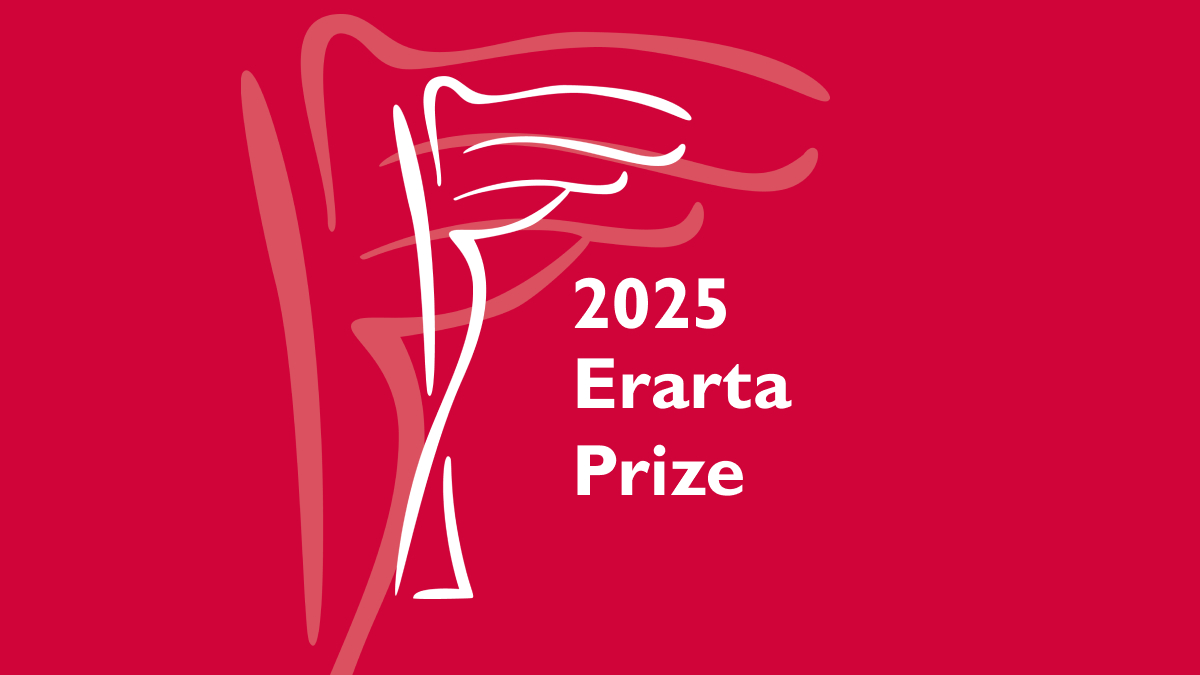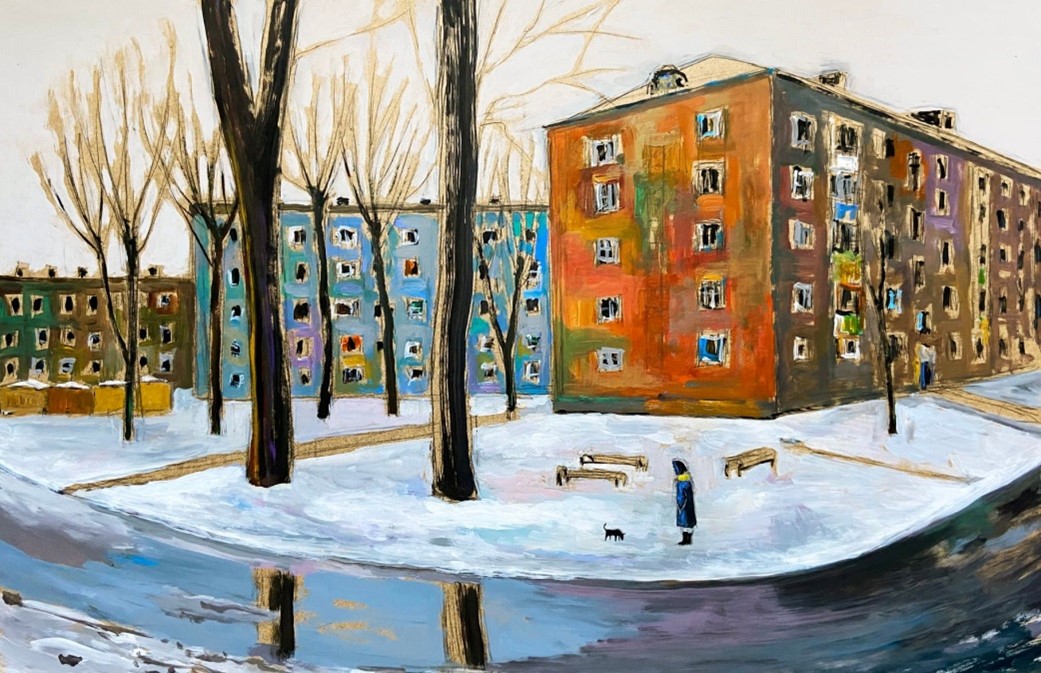Erarta Museum of Contemporary Art is proud to present the solo exhibition by a legendary Leningrad nonconformist artist Gleb Bogomolov
-
Works by one of the brightest representatives of the Leningrad unofficial art
-
Multilayered painting, inspired by Byzantine mosaics
-
First posthumous exhibition by Gleb Bogomolov
“Gleb Bogomolov (1933—2016) is one of the recognized heroes of the Leningrad (St. Petersburg) underground art”, — states the art critic Mikhail Herman. He was one of the organizers of the first exhibitions of unofficial art at the Gaza Palace of Culture (1974) and the Nevsky Palace of Culture (1975). Later, in the 1980s he became one of the prominent members of TEII (The Society for Experimental Fine Arts), and in the early 1990s — a member of the Free Culture Association at Pushkinskaya-10 Art Centre.
Gleb Bogomolov was different from any of his contemporaries, both nonconformists and the official members of the Union of Artists, which he joined only after the perestroika. At that time some of the painters were looking up to Matisse and Picasso, while the others to Repin and Serov, but Bogomolov always believed that Byzantine mosaics of the Church of the Divine Wisdom (now the Hagia Sophia in Istanbul) was the highest ever achievement of art.
A Leningrad intellectual, a rebel, a descendant of the Old Believers, but not a church-goer, he was a spiritual artist with a subtle knowledge of history, and ability to see the shimmer coming from the antiquity and Byzantium through the times. It is probable that he developed such talent in his post-war childhood in Tsarskoye Selo observing the ruins of not yet restored palaces, parks and churches.
For all his life, searching of identity through modern art codes, he had been creating painting-memories as if he had lived before, in previous incarnations, in Constantinople, and then, after a few centuries, in Novgorod the Great in the age of Theophanes the Greek.
Bogomolov’s works do not just refer to the cultural traditions of Late Antiquity and Christianity, but create a special visual mythology, a space of heavenly sorrow for the sunken into oblivion Byzantium and ancient Russia, and the unrealized third Rome. His multilayered painting with the elements of collage and masterly depicted pain for the losses is based on a combination of sophisticated textures and large colour planes with gilding.
In these works the figurative coexists with the abstract and the physical comes along with the metaphysical. Laconic and monumental, they seem to embrace the solemn mourning of the time. Crosses, arks, mandorlas (red diamond form of a halo in icon-painting), pillars, columns, archetypal heroes, and metaphysical abstractions are the principal subjects and genres of Bogomolov’s painting. He used to say: “We depend on everything that was and that is.”
In the 1980s, his works were met as a revolt of the deep Russian identity against the reigning ideology. The recognition, exhibitions, working conditions, and dictatorship of the market came after the perestroika.
The artist participated in more than 250 exhibitions around the world; his works are present at the Russian Museum, the Tretyakov Gallery, the Moscow Museum of Modern Art, The Zimmerli Art Museum (Norton Dodge’s collection) and other collections.
The exhibition at Erarta is the first posthumous museum exhibition by Gleb Bogomolov.
The Museum expresses particular gratitude to Tatiana Bogomolova and Marina Gisich for providing works and invaluable assistance in organizing of the exhibition.










